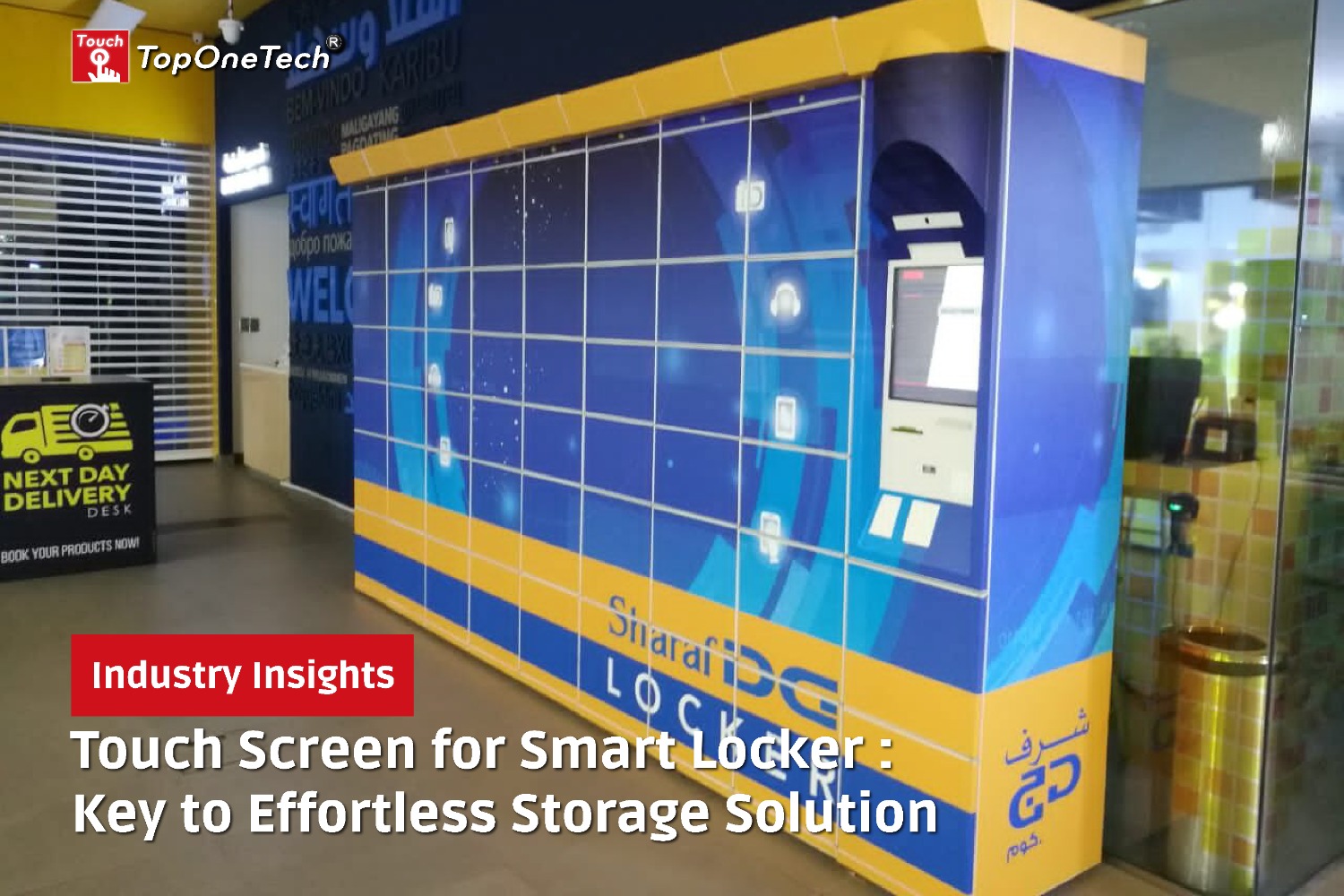
In the ever-evolving world of manufacturing and quality control, the precision and reliability of your equipment can make all the difference. Color control machines are essential tools in various industries, ensuring that products meet exact color specifications. A crucial component of these machines is the touchscreen interface, which allows operators to interact with the system efficiently. Choosing the best touchscreen for your color control machine can significantly enhance productivity and accuracy. Here’s a guide to help you make an informed decision.
1. Color Control Machine Touchscreen Screen Size and Resolution
The size and resolution of the touchscreen are fundamental considerations. A larger screen provides more space for detailed information, making it easier for operators to navigate and interpret data. High resolution ensures that images and text are sharp and clear, which is crucial for tasks requiring precision.
2. Color Control Machine Touchscreen Touch Technology
There are several types of touch technologies available, each with its advantages:
- Resistive Touchscreens: These are durable and can be operated with a finger, glove, or stylus, making them versatile for various environments. However, they may not be as sensitive as other types.
- Capacitive Touchscreens: Known for their responsiveness and multi-touch capabilities, capacitive screens are ideal for complex interactions. They are highly sensitive but typically require bare fingers or special conductive gloves.
- Infrared and Surface Acoustic Wave (SAW) Touchscreens: These offer excellent clarity and durability. They are highly responsive and can detect any input, but they can be more expensive.
3. Color Control Machine Touchscreen Durability and Robustness
The operating environment plays a significant role in determining the durability requirements of your touchscreen. In industrial settings, screens are often exposed to dust, moisture, and rough handling. Look for touchscreens with high durability ratings, such as those with IP65 or higher certifications, which indicate resistance to dust and water. Additionally, screens with anti-glare and scratch-resistant coatings can prolong the life of the touchscreen.
4. Color Control Machine Touchscreen User Interface and Software Compatibility
A user-friendly interface is essential for efficient operation. Therefore, ensure that the touchscreen is compatible with the software used by your color control machine. Some touchscreens come with customizable interfaces, allowing you to tailor the layout and functions to meet specific operational needs. Intuitive software integration can reduce training time and minimize errors.
5. Response Time and Sensitivity
In a fast-paced manufacturing environment, the response time and sensitivity of the touchscreen can impact productivity. Consequently, look for touchscreens with low latency and high sensitivity to ensure that inputs are registered quickly and accurately. This is particularly important in applications where precise color matching and adjustments are critical.
6. Connectivity Options
Modern color control machines often require seamless integration with other systems and devices. Ensure that the touchscreen offers a variety of connectivity options, such as USB, HDMI, Ethernet, and wireless connections. This flexibility allows for easy integration into your existing workflow and future-proofing for potential upgrades.
7. Cost and Warranty
While it’s tempting to opt for the cheapest option, investing in a high-quality touchscreen can save money in the long run by reducing downtime and maintenance costs. Moreover, consider the total cost of ownership, including potential repairs and replacements. Additionally, check the warranty offered by the manufacturer. A comprehensive warranty can provide peace of mind and protect your investment.
8. Vendor Reputation and Support
Choose a touchscreen from a reputable vendor known for their quality and reliability. Additionally, research customer reviews and ask for recommendations from industry peers. Good customer support is also crucial. Ensure that the vendor offers prompt and effective technical support to address any issues that may arise.
9. Ergonomics
Consider the ergonomic aspects of the touchscreen. Since operators may need to use the touchscreen for extended periods, it should be positioned at a comfortable height and angle. Moreover, touchscreens with adjustable stands or mounts can help improve ergonomics, reducing strain and increasing productivity.
10. Future-Proofing
As technology evolves, so do the requirements for color control machines. Therefore, choose a touchscreen that you can easily update or upgrade. This might include performing firmware updates, ensuring software compatibility, or replacing or enhancing modular components over time.
Conclusion
In conclusion, selecting the best touchscreen for your color control machine involves a careful balance of various factors, including size, durability, responsiveness, and compatibility. By considering these elements and prioritizing quality and support, you can ensure that your color control processes are efficient, accurate, and reliable. Investing in the right touchscreen will not only improve your current operations but also position your business for future growth and innovation.
Top One Tech can customize color control machine touch monitor, specially designed for your application scenarios.
Don’t hesitate to contact us for further assistance :
Whatsapp/Call us at : +86 13631610695
Email : sales@toponetech.cn
See Also : Our Wide Range of Touch Monitor Products




